When talking about the land of Nhu Xuan, we cannot help but mention the outstanding traditional and intangible cultural features that the Tho ethnic people here have preserved and developed for generations. These are lullabies, games such as the slow boat performance, gong singing, frog catching dance... associated with the Dinh Thi festival held in the middle of the third lunar month every year.

Scene of Dinh Thi festival. (Photo courtesy)
Thi Communal House in Trung Thanh village, Yen Le commune (now Trung Thanh quarter, Yen Cat town) was recognized as a provincial-level historical-cultural relic according to Decision No. 98/QD-VHTT dated December 14, 1995. In 2011, the Provincial People's Committee granted a certificate of ranking as a provincial-level historical-cultural relic.
The communal house is about 5 km from the district center and is the most notable relic of the Tho community, worshiping the God of Fortune Le Phuc Thanh - who contributed to the Lam Son uprising against the invading Ming army in the 15th century.
The communal house leans against the mountain, the front facing the field (also called Dong Set), exuding a majestic and imposing appearance. To the south is Mun Tuong mountain (locals call it Chop Non mountain). To the north is Dong Co mountain. Behind is Lanh field and the village below. The main hall of Dinh Thi was built in traditional architectural style, the main material is wood, consisting of three compartments, with a front hall and a back hall. In addition, there are other items such as the Uncle Ho worship area...
Since 2007, Thanh Hoa province and Nhu Xuan district have restored the original Dinh Thi festival. Since then, the festival has been held to restore, preserve and promote the unique cultural capital of the Tho community in Thanh Hoa.

Dinh Thi Temple prepares for the 2024 Festival
Dinh Thi is first of all a place to worship the village tutelary god Le Phuc Thanh. According to the remaining documents, Le Phuc Thanh was a Tho, his family name was Cam, his ancestors were from the Nua mountain area (Nong Cong - Trieu Son today). Hearing that Le Loi had raised the flag of uprising, he joined the Lam Son army from the early days (1416-1417), becoming a general participating in many battles, achieving many feats. After the uprising was successful, the king gave him the national surname (changed to Le) and sent him to Set village (now Trung Thanh neighborhood) to reclaim land, establish villages, and organize people to make a living.
At that time, Set village was mainly inhabited by Tho people, with mountainous terrain interspersed with rice fields. The mountains and hills were suitable for many precious woods, and the rice fields were suitable for growing rice. Realizing that this was a rich and fertile land, Le Phuc Thanh worked hard with the residents to build Set village in harmony, peace and prosperity, turning the dense forests and wild hills into prosperous villages.
After his death, the villagers and descendants built a temple and appointed him as the village's tutelary god.
According to historical records, Dinh Thi was probably built in the 16th century, and was looked after and preserved by the local people. After many ups and downs, Dinh Thi was demolished in 1949. Later, the people and local authorities relied on the remaining foundation to restore and build the communal house in the style of a mallet handle, including the rear palace and the three-room front hall, three 12-panel door frames that open and close, three front halls, a wide porch with columns supporting the roof, and the main construction material was ironwood.

Dinh Thi Festival is associated with the cultural life of the Tho ethnic group.
In Dinh Thi, there are two gods worshiped: "Dang Canh Bach Y Thuong Dang Toi Linh Than" and Dang Canh Thanh Hoang Le Phuc Thanh. The communal house has a throne, a set of incense tables, and all the worshiping objects are gilded. In addition to the altar of Le Phuc Thanh, there are also 4 altars for his sons. Relics related to Dinh Thi include 4 silk curtains, decorated with patterns in the art style of the late Le Dynasty and early Nguyen Dynasty. In addition, there are two royal decrees from the reigns of King Khai Dinh and King Bao Dai.
Dinh Thi Festival is organized according to custom, every 5 years a grand ceremony is held, in the ceremony there is a buffalo sacrifice which is the most special ritual. According to the elders, to prepare this ritual, the head of the Le family will have people in the area find and select a young male buffalo, then give it to a young unmarried man to carefully raise. Every day the buffalo is bathed and scrubbed clean. Women and children are not allowed to go near the buffalo. Before the ceremony, the buffalo is led to the communal house, the head of the temple will inform the village god about the buffalo sacrifice to the gods. The celebrant holds three incense sticks and a cup of wine and prays to the gods for permission to perform the buffalo sacrifice, then walks around the buffalo nine times and pours wine and incense on the buffalo's head, called the awakening ceremony.
On the main day of the ceremony (at 0:00 on the 16th day of the third lunar month), the sacrificial buffalo's legs are tied, not beaten but only its throat is cut. The buffalo's blood is stored in a bamboo tube, and the buffalo's meat is cut into a feast to offer to the tutelary god. The offerings to the tutelary god include the buffalo's head, blood, intestines, liver and tail, along with a tray of offerings including sticky rice, chicken, banh troi, banh it, banh chung... In addition to the offerings from Set village, Pheo village, Thi village, Thuong village, and Thuong Coc village also have their own offerings to offer to the god.
After the sacrifice, the offerings and food trays are divided among the villagers to enjoy and eat together. From the 10th to the 16th, the sacrifice ceremony takes place in order from one village to another. The sacrifice ceremony is conducted solemnly and respectfully, expressing faith in the village god, praying for favorable weather, good crops, and prosperity for the people.

Along with the ceremony, the long-standing traditional cultural activities of the Thai, Tho, and Muong ethnic groups such as sand dance, bamboo rattling, khap singing, bamboo pole jumping, con throwing, tug of war; dot singing, lullabies, love songs, stick pushing, con throwing, gong dancing, stilt walking... are all performed in a lively and attractive manner.
Nowadays, in addition to the rituals, offerings, games and performances are restored but simpler than before. The festival time is shortened to two days on the 15th and 16th of the third lunar month, the procession only carries the palanquin from the communal house to the tomb of the tutelary god and vice versa. As for the festival, there are some new activities such as cultural village camps, mass art performances, beauty pageants in Tho ethnic costumes and modern sports activities.
With the successful restoration of Dinh Thi festival, Nhu Xuan district is showing the right step in using and combining economic development, political stability and building a culture rich in identity.
The 2024 Dinh Thi Festival will be held at the district level from April 23 to April 24, 2024 (ie March 15 to 16 of the lunar calendar) for the people of all ethnic groups in Nhu Xuan district in general and the Tho ethnic group in particular to honor and remember the merits and demonstrate the morality of remembering the source of water when drinking water for General Le Phuc Thanh.
At the same time, the Party Committee and the government of Nhu Xuan district are proactively coordinating with competent authorities to build a scientific dossier on Dinh Thi Festival as a national intangible cultural heritage, contributing to preserving the cultural identity of the Tho ethnic group and preserving the cultural nuances of the Vietnamese ethnic community in general and Thanh Hoa in particular.
Minh Hieu
Source



![[Photo] Prime Minister Pham Minh Chinh launched a peak emulation campaign to achieve achievements in celebration of the 14th National Party Congress](https://vphoto.vietnam.vn/thumb/1200x675/vietnam/resource/IMAGE/2025/10/5/8869ec5cdbc740f58fbf2ae73f065076)
![[Photo] Prime Minister Pham Minh Chinh chairs the Government's online conference with localities](https://vphoto.vietnam.vn/thumb/1200x675/vietnam/resource/IMAGE/2025/10/5/264793cfb4404c63a701d235ff43e1bd)



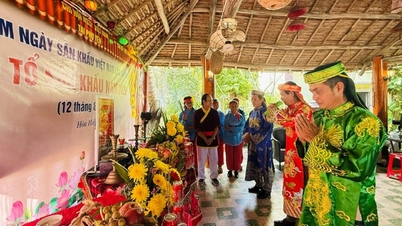

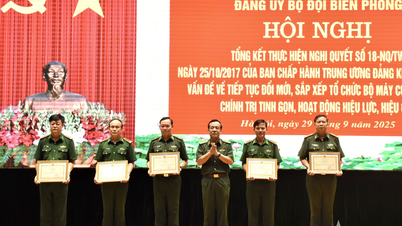

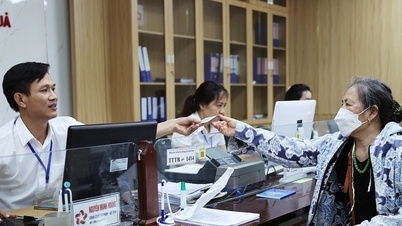



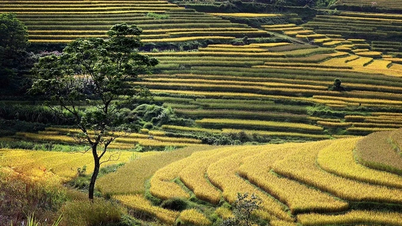



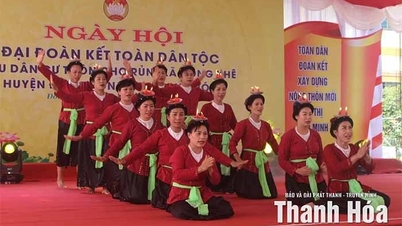

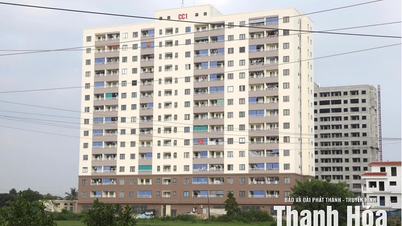
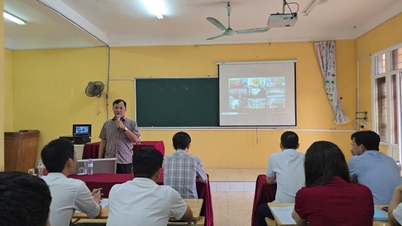
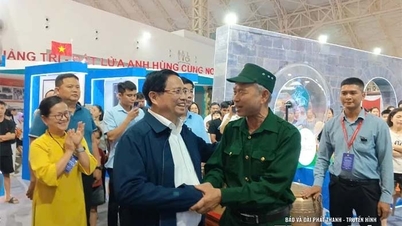
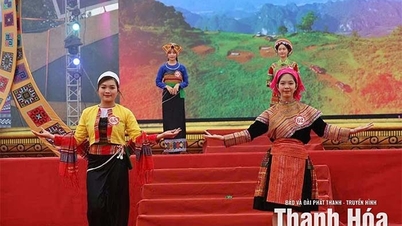




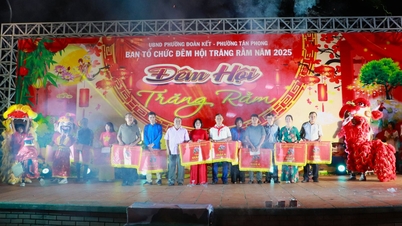
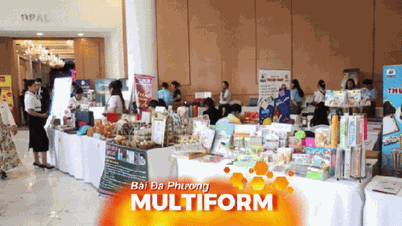
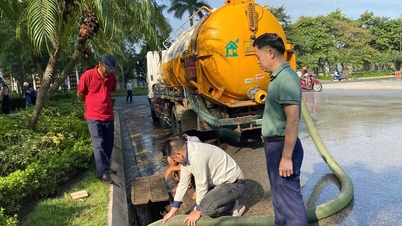
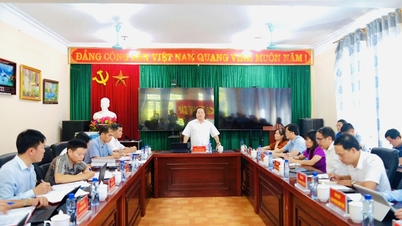
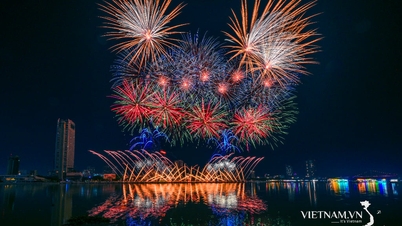
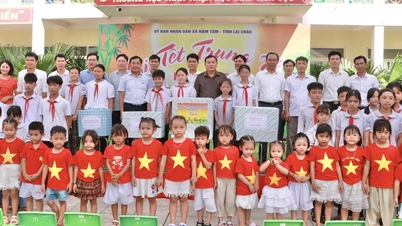
























![[VIDEO] Summary of Petrovietnam's 50th Anniversary Ceremony](https://vphoto.vietnam.vn/thumb/402x226/vietnam/resource/IMAGE/2025/10/4/abe133bdb8114793a16d4fe3e5bd0f12)

![[VIDEO] GENERAL SECRETARY TO LAM AWARDS PETROVIETNAM 8 GOLDEN WORDS: "PIONEER - EXCELLENT - SUSTAINABLE - GLOBAL"](https://vphoto.vietnam.vn/thumb/402x226/vietnam/resource/IMAGE/2025/7/23/c2fdb48863e846cfa9fb8e6ea9cf44e7)
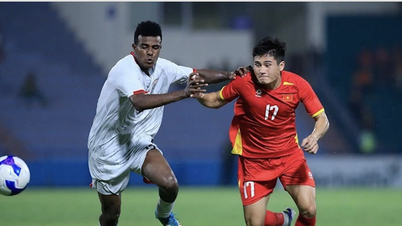
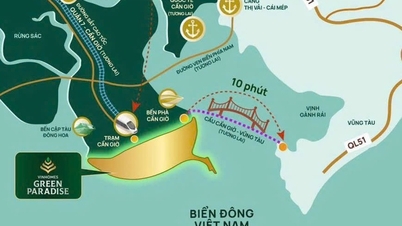
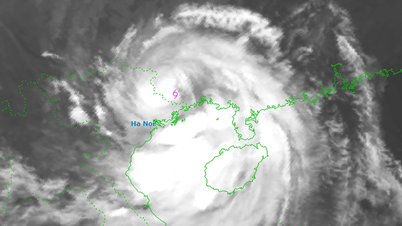
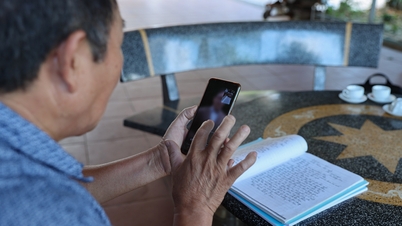










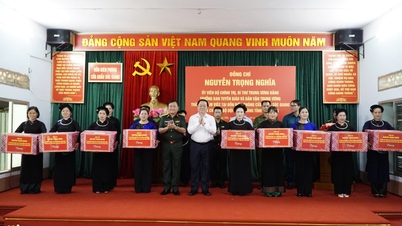
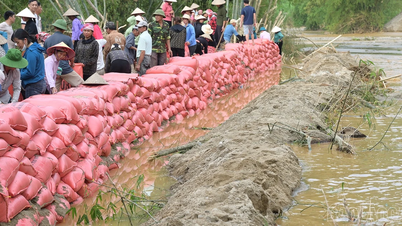

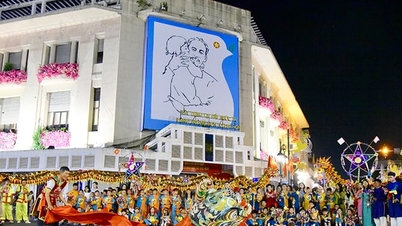

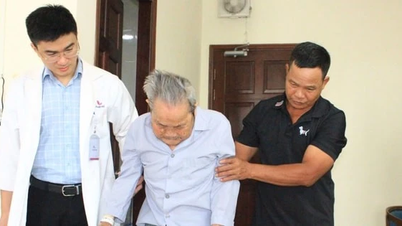

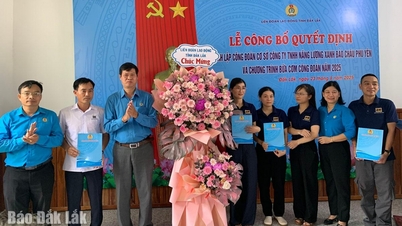












Comment (0)